Bitfinity Weekly: Proposal Season
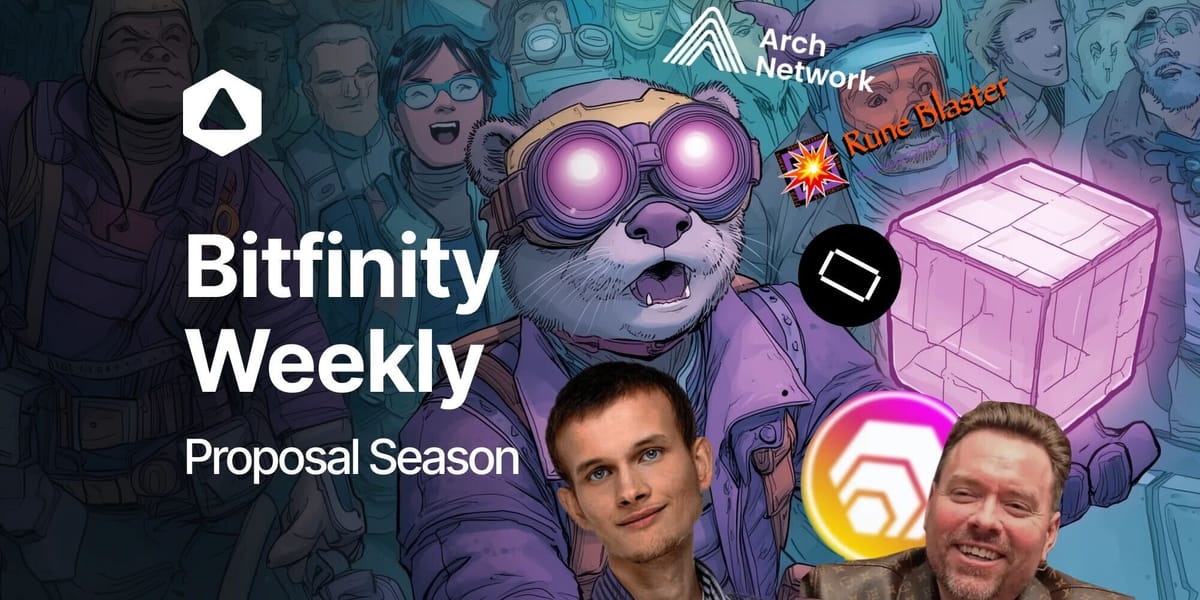
Welcome to Issue #155 of Bitfinity Weekly for our #BITFINIANS community. If this newsletter was forwarded to you, sign up here.
What's in Today's Email?
- Bitcoin Bytes
- Global Crypto News
- In the IC
- This Week in our Blog
- Tweet of the Week
- Infographic Insights
- Meme Time
- A Matter of Opinion
Bitcoin Bytes
Blast Off: Rune Blaster, a platform that allows non-custodial Runes minting, now supports the Alkanes metaprotocol in an experimental capacity. Users can mint in batches of up to 25, and received all minted Alkanes tokens in one consolidated UTXO. There is also support for RBF when minting. The Alkanes ecosystem is seeing increased interest after Bitcoin Puppets community members deployed a "Cheeky B" token, named for a bird character friend to Gizmo the cat.
New Bromance: Naqib Noor, co-founder of Ordinals launchpad Ordzaar, was announced as Chief Strategy Officer for Brotocol. Brotocol is a multichain liquidity layer built to facilitate DeFi on Bitcoin through BroSwap, which connects Bitcoin to major DEX aggregators like KyberSwap. Currently BroSwap is in public beta and only supports Bitcoin-to-USDT/USDC swaps.
Arch Arc: Arch Network announced a $13M Series A funding round led by Pantera Capital ahead of their mainnet launch, which is expected to be sometime this summer. Arch is building a Bitcoin L2 that supports permissionless DeFi by building out a utxo compatible VM (Virtual Machine). Arch Network currently boasts over 50 million testnet transactions.
Global Crypto News
A Modest Proposal: Ethereum co-founder Vitalik Buterin proposed replacing the EVM (Ethereum Virtual Machine) contract language with RISC-V instruction set architecture to improve the speed and efficiency of Ethereum's execution layer. The switch would address scaling issues, including stable data sampling and zero knowledge EVM proving. This proposal would theoretically keep block production markets competitive with 3rd generation monolithic blockchains such as Solana.
Lost in the Clouds: The remaining community of Nike's now-defunct RTFKT brand woke up to an unpleasant shock Thursday morning, as hosted images of RTFKT NFTs displayed as unavailable. RTFKT's sole remaining team member, Samuel Cardillo, clarified that it was an error due to a service contract ending a few days early. The images were rehosted on Arweave blockchain.
Hex Removed: The SEC (U.S. Securities and Exchange Commission) has dropped its fraud case against Richard Heart, the founder of HEX. A federal judge had previously dismissed the initial filing due to a lack of jurisdiction, and time ran out as the SEC chose not to amend its complaint by an April 21st deadline. Heart, a flamboyent character in crypto known equally for his outlandish outfits and antics as well as his crypto evangelism, still faces legal troubles in Europe, where he is wanted for tax fraud and an alleged assault on a minor.
Account Management: Binance, the largest crypto exchanges in the world by volume, rolled out a new fund management feature this week, bridging the service gaps between TradFi and crypto. The new portfolio management solution, Fund Accounts, allows portfolio managers to “consolidate externally-raised investor assets into one or multiple omnibus accounts", allowing a single custodian to execute trades on behalf of their clients. This new program is only available to eligible fund managers.
In the IC
On The List: The DFINITY Foundation was recognized for its contribution to the world of cybersecurity by the CVE (Common Vulnerabilities and Exposure) Enrichment Recognition List. The list is comprised of notable CNAs (CVE Numbering Authorities) that actively provide enhanced vulnerability data to further the CVE Program's vulnerability data enrichment efforts. DFINITY is the only blockchain project to be listed.
Developer Liftoff: Want to build on the World Computer? ICP Hub Germany published an informative thread on how to "Fast Track" project development and launch on mainnet ICP with up to 10T free cycles. The 14-part thread includes a video tutorial that walks new developers through deploying a canister on ICP.
Friction-Free: The latest episode of World Computer Tech Talks covers the user experience on the Internet Computer. Georgi Harizanov, Director of Engineering at DFINITY, explains the multitude of advantages ICP provides over other blockchain experiences, such as an innovative reverse gas model, passwordless authentication with Internet Identity, and a seamless crosschain experience without the need for cumbersome bridges.
This Week in our Blog
Unlocking new layers of possibility, Bitcoin lending is evolving fast on Bitfinity. Dive into how these groundbreaking protocols are reshaping the future of decentralized finance.
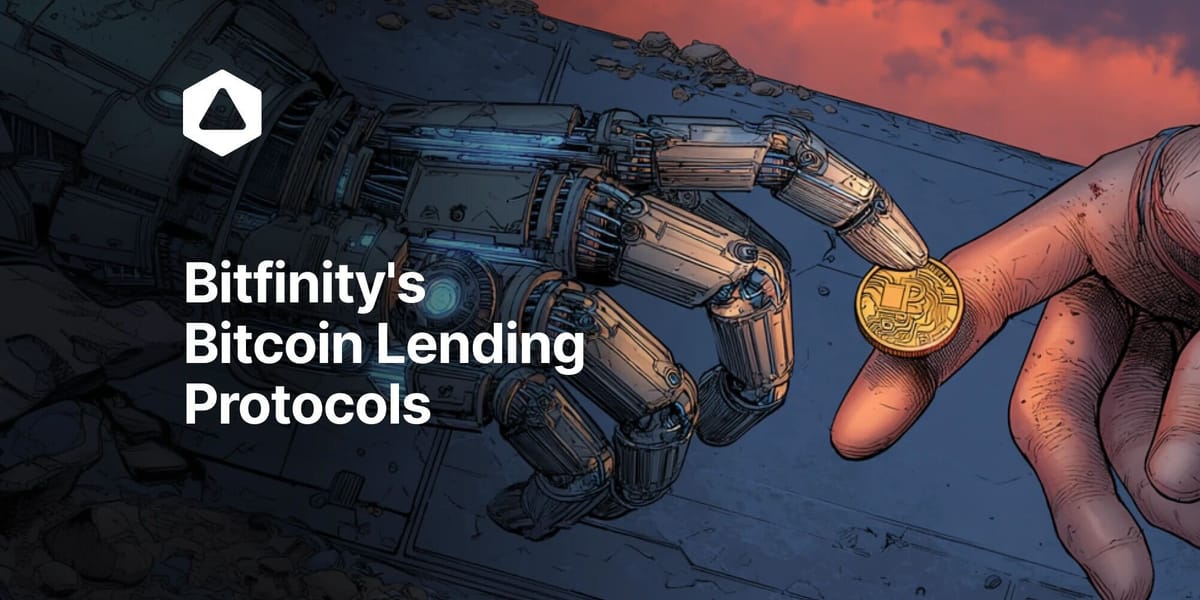
Tweet of the Week
How it feels to finally ship the Bitcoin DeFi protocol you've been building on Bitfinity...😌 pic.twitter.com/oDmIh2tWC9
— Bitfinity Network (@bitfinitynet) April 23, 2025
Infographic Insights
Here are some ways Bitfinity EVM checkmates transaction spam:
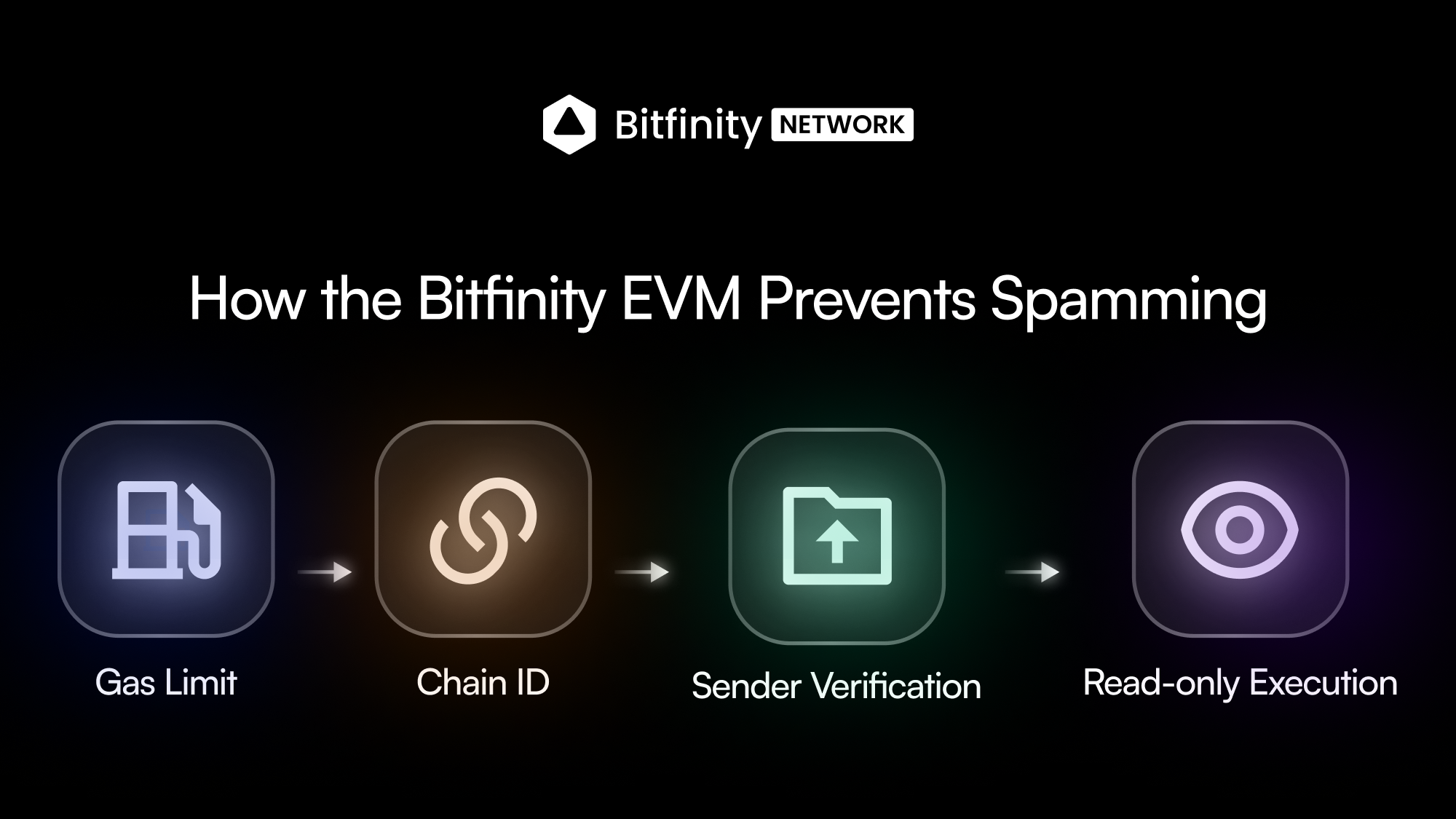
Meme Time
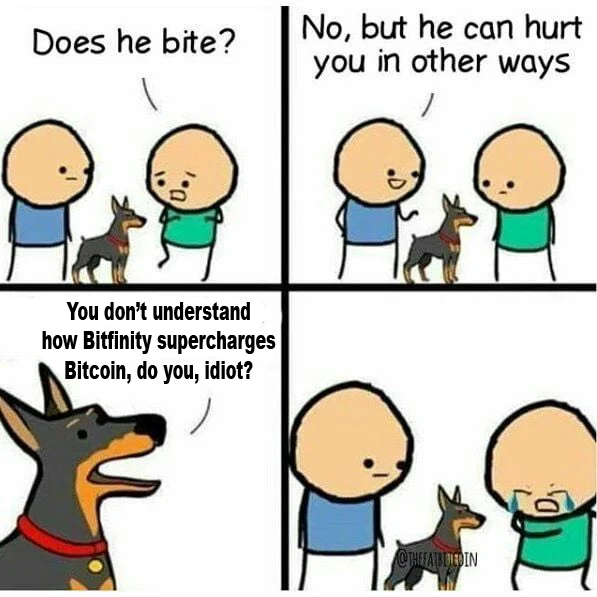
A Matter of Opinion
For years Ethereum was the defacto playground for DeFi. While 2020's bumper crop of traders overflowed to all corners and crevices of crypto, the main stage has always been Ethereum. Even with other L1s increasingly attracting more mindshare and liquidity over the past few years, Ethereum still accounted for 70% of all money in decentralized finance last June. As of this month however, that figure has fallen to 57% while Solana has doubled its share in that time.
While Ethereum is still bears the crown of DeFi, its numbers show that it faces a potential eclipse. Ethereum and Solana both stand at a pivotal moment, each poised to solidify its dominance in the DeFi arena through bold, strategic upgrades. Proposed changes, each targeting core network mechanics, could reshape the two chain's trajectories and cement the winner's role as the go-to platforms for DeFi innovation.
The outcome hinges on how well each leverages its strengths to capture the growing DeFi market. Solana’s latest big ticket proposal, spearheaded by Galaxy’s research arm, revisits a plan to tweak its inflation rate, reducing staking rewards to curb new SOL token issuance. This move could be a game-changer, channeling even more capital into Solana’s growing ecosystem. Solana already dominates high-frequency memecoin trading, thanks to its comparatively faster speed and lower gas fees. By prioritizing DeFi liquidity over validator payouts, Solana could supercharge its appeal to developers and users, potentially outpacing Ethereum in raw transaction volume and attracting more developers to its ecosystem.
Ethereum, on the other hand, saw co-founder Vitalik Buterin stepping in to propose using popular programming language RISC-V instead of the Ethereum Virtual Machine. According to Buterin, doing so would improve the efficiency on Ethereum's execution layer. Arguably, the scalability and general usability of Ethereum as DeFi's homeland has been worked on independently by the multitude of Ethereum L2s that exists... yet none have been able to capture the trading volume or dominance of Solana, which leads one to wonder if this new proposal (if it is implemented) will do much to sway the trading public.

Connect with Bitfinity Network
Bitfinity Wallet | Bitfinity Network | Twitter | Telegram | Discord | Github

*Important Disclaimer: The information provided on this website is for general informational purposes only and should not be considered financial or investment advice. While we strive for accuracy, Bitfinity makes no representations or warranties regarding the completeness, accuracy, or reliability of the content and is not responsible for any errors or omissions, or for any outcomes resulting from the use of this information. The content may include opinions and forward-looking statements that involve risks and uncertainties, and any reliance on this information is at your own risk.
External links are provided for convenience, and we recommend verifying information before taking any action. Bitfinity is not liable for any direct or indirect losses or damages arising from the use of this information.



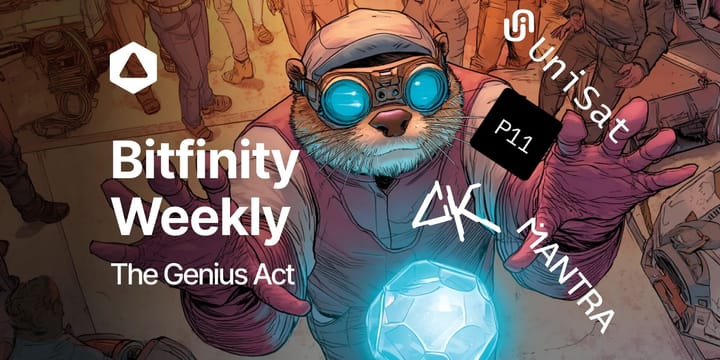
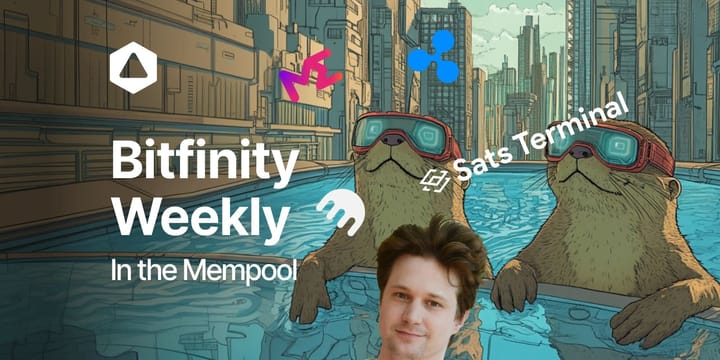
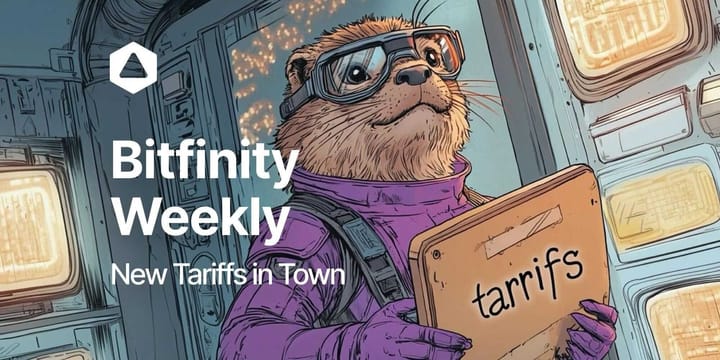
Comments ()